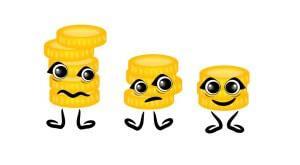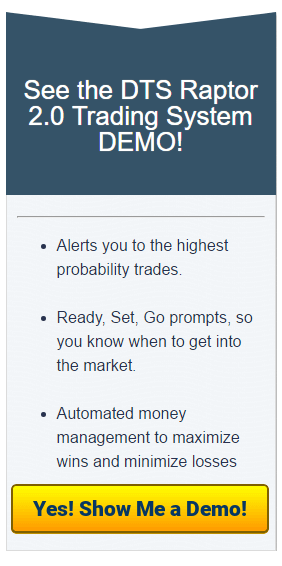Day Trading Tips and Tricks
How Many Legs Does a Market Have?
It sounds like a kid’s joke doesn’t it? Yet recognizing which “Leg” of a move the market is on can be very helpful in gauging how much “life” is left in the move. We all want to maximize the profitability of our trades, and counting legs can be one way of doing this.
What is a “Leg”?
Legs are a trading term used to describe the progression the market makes from rally to rally. Some traders refer to them as “waves”, “swings” or “pushes”. The more Legs a market has made in one direction the more likely it is that the trend is running out of steam. Conversely when a market begins making new Legs it is likely that there is a lot of strength behind the market and price will likely continue in its new direction.
How to Identify Market Legs
The Leg count begins when the market violates a previous support or resistance area. Identifying these support and resistance areas are easier if you use a range style bar such as the Mean Renko Bars which come standard with their Diversified Trading System. The beauty of the Mean Renko Bars is that they make it very easy to see where the market has formed support and resistance and when the area has been breached.
The breach of a prior support/resistance area is the first Leg of the move in the new direction. Finding the first leg is important because there is a very high probability that there will be at least two “pushes” in the direction of the breakout, with the first and second Leg being the strongest part of the move (most of the time).
Therefore once you have identified the first Leg of the new move you can be ready to take advantage of the powerful and profitable second Leg. And knowing that the second Leg is likely the largest part of the move enables you to plan for a trade that might yield a bigger move.
How Many Legs?
After the run of the second Leg is over, it is still possible to get a third, fourth or even fifth Leg in the direction of the trend; however each subsequent Leg is likely to be shorter, suggesting that the momentum behind the trend is waning and the trend getting weaker and closer to ending.
This allows you to be more conservative with your entries and perhaps more aggressive with your Profit and Stop Loss targets as it becomes less likely the market will make a substantial move at this point.
Of course once the current trend ends the whole process begins again in the opposite direction with the violation of a previous swing high/low. And even though the new move might not be as strong as the prior move higher/lower, you can still count on at least two Legs in the direction of the next breakout and plan your trades accordingly.
So while knowing how many “Legs” the market has might sound like a child’s riddle, it can be a useful tool to adding profit to your bottom line, and that’s no joke.
Join us in our Trade Room. Click HERE to Register.







